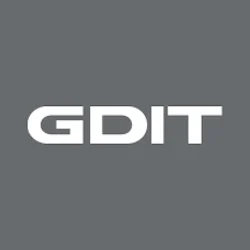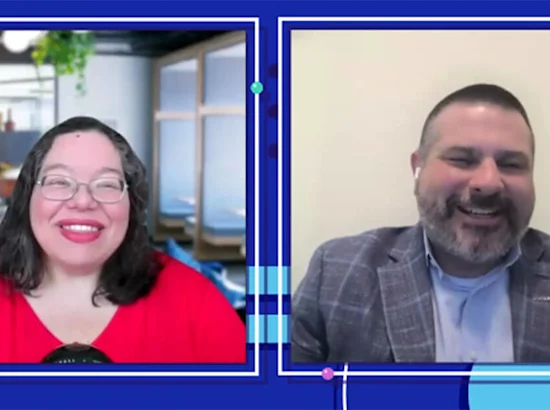As IT service management (ITSM) has matured, perceptions are changing about the value that IT provides for customers, users, stakeholders, and an agency’s overall mission. Technology is a driver of transformation within agencies, and it is impacting the way they deliver services and meet their missions.
The traditional methods for managing IT programs and teams are no longer adequate. IT teams must ensure they are sufficiently engaging with stakeholders, effectively identifying the demands and opportunities, and ultimately co-creating value for the organization.
This value is created by two things: First, meeting and exceeding customer requirements and service level agreements (SLAs). And second, identifying and implementing of mission-aligned and user-aligned improvements and innovations that drive down costs, improve effectiveness or reduce risk.
In this environment, the traditional Program Management Office (PMO) must transform into a Value Management Office (VMO) that is focused on customer and stakeholder engagement alongside an objective method for measuring the value that IT creates. This is an important distinction; it’s an elevation of the traditional PMO in that the VMO’s focus is on adding increased and incremental value over time.
New Roles Support a New Focus
Successfully transforming from a traditional PMO to a VMO depends on the creation of two essential roles: The Customer Engagement Role and the Innovation and Improvement Role. While the VMO still maintains responsibility for the traditional aspects of a PMO, these two additional functions will help to drive value creation and performance.
The Customer Engagement Role is tightly connected with architecture and overall strategy development. The role, scaled appropriately given the size of the agency, team or remit, can be filled by an individual, a group of individuals or an entire team. The idea is that there is a well communicated expectation that the VMO will do at least the following:
- Understand that agencies aren’t one-size-fits-all, be sure to build intimate knowledge of different user groups across the organization, as well as understand those users’ perceptions of the services that are currently provided.
- Identify demands and opportunities that the standard ticketing system doesn’t capture.
- Act as liaisons with the user groups and stakeholders on development and engineering initiatives as part of an integrated DevSecOps team
The Innovation and Improvement Role is an expansion of the traditional continual service improvement role that historically has been internally focused. The innovation and improvement role not only looks internally at various program metrics to identify improvements, but also looks externally to understand what is happening in the industry, commercial markets, other Federal agencies, and emergent solutions. This role, and the individuals or teams filling it within the VMO works to:
- Identify potential improvements from operational engagements, trend analysis, and performance metric reviews and assess potential value
- Identify and/or create innovation infrastructure such as labs, innovation ceremonies and reach back mechanisms
- Provide a centralized hub that offers an enterprise view across all improvements for awareness and reporting
- Foster an innovative environment by conducting lessons learned sessions, encouraging the team and broader user community to submit ideas, and recognizing or rewarding contributors
- Work with customer engagement and other parts of the organization to identify potential innovation opportunities or capture innovations that have been completed on a particular team
- Keep an up to date understanding of the industry to include market trends, emergent solutions, successes at other organizations and updates from vendor alliances and more
These two key functions offer the VMO an enterprise view across the entire program and work collaboratively to ensure the customer and stakeholder perspective is always in view.
“These two key functions offer the VMO an enterprise view across the entire program and work collaboratively to ensure the customer and stakeholder perspective is always in view.”
New Metrics Drive New Outcomes and Opportunities
Successfully transforming from a traditional PMO to a VMO also requires a shift in thinking about metrics and key performance indicators (KPIs). The VMO should still track, monitor, and report on traditional metrics related to the program, as a traditional PMO would, but it will also incorporate value-based metrics and KPIs. These metrics help to determine whether the program and the proposed innovations and improvements are actually providing the value intended.
As with any metric, teams must establish targets for each KPI in order to calibrate their performance in relation to the KPI. Ideally, this is done in partnership with the customer. It’s also important to tie value metrics to mission objectives. Each agency typically has overarching agency-specific mission objectives. From that, IT crafts specific objectives that will help achieve those objectives through IT and related key results. These IT objectives inform VMO metrics.
For the customer engagement role, the objective could be “Provide robust meaningful customer engagement.” The overall objective can be long term and more aspirational whereas the key results would be time bound and focused on achieving specific goals. As key results are achieved, new KRs can be added or modified. The idea is to integrate a series of value-driven metrics into the program, driven by the VMO, that demonstrate value to the customer beyond the metrics that are contractually required.
In an IT environment focused on customers and value, traditional PMOs must evolve so that they are as strategically aligned as they are tactically aligned. This is precisely what we endeavor to do at GDIT and are actively working to implement with our customer partners. It’s another dimension of imagining – and then delivering – the art of the possible.






